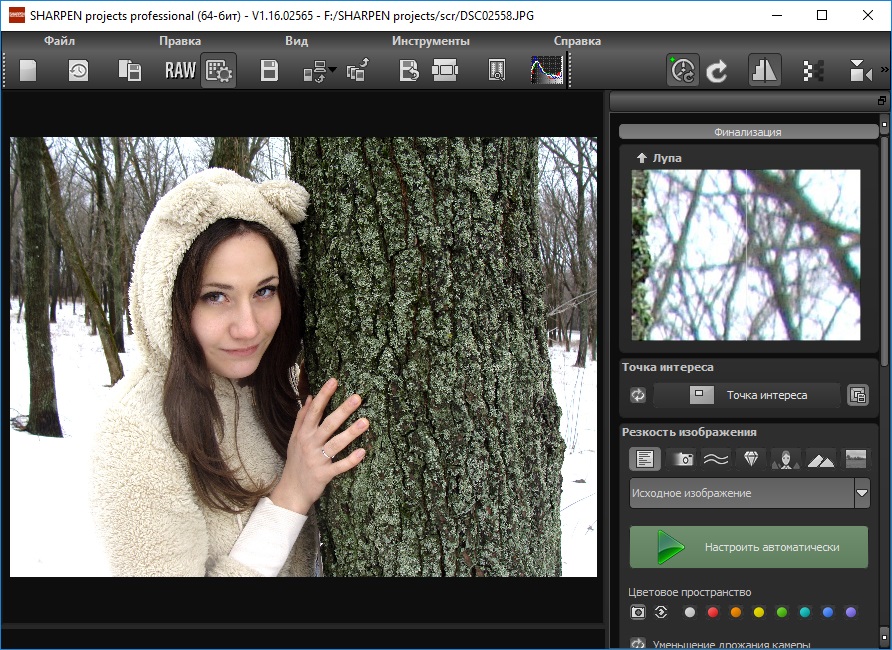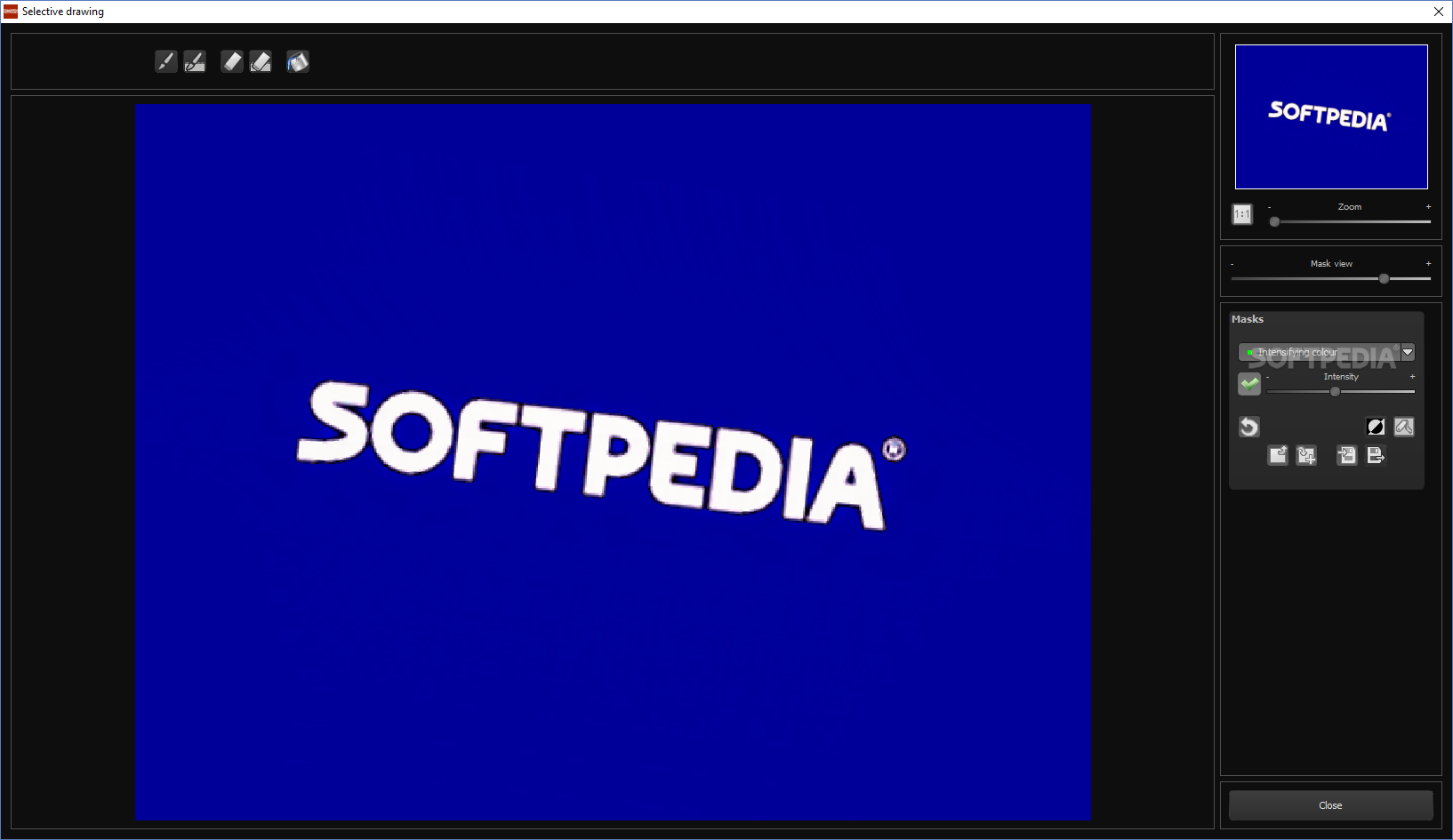
This would give me a perfect way to make a direct side-by-side comparison. However, I would also send copies of the original “non-enhanced” images to be printed. Drone photograph via Ozark Drones.Īfter enhancing the images, I would then send those digital “AI-enhanced” images off to be printed. This made me feel that these images would be great candidates to be enhanced by Topaz Photo AI. This can seem small compared to many mirrorless cameras on the market now that can take photos between 20-30 megapixels or more. However, the drone photos were only between 12 to 16 megapixels. Most of the images were drone photos that I took myself and thought would work well for large prints. I decided to test each of the app’s enhancement features on five different images. You can save files in four formats: JPEG, PNG, TIFF, and DNG. (As an example: If I’ve applied denoise and resolution enhancement to an image, Topaz Photo AI will automatically use “denoise-enhance” to the end of the file name.) This makes it easy to keep track of different versions of an image you have enhanced.

I was also impressed with the save feature, which can automatically apply filter suffixes to the end of your files names. Clearly intended to get you in and out of the app so you can enhance your images quickly. The settings adjustments are simple and to the point. The app does have a snappy and responsive feel to it. Depending on your image and computer hardware, this process takes about 10-20 seconds. Then if you want to tweak any of the settings manually, you can do so in the settings panel on the right side of the UI. Add in the image you want to work on then, the Autopilot feature will scan your image and apply the recommended enhancements. The workflow for Tapaz Photo AI is pretty straightforward. You can customize any of the settings manually if you want more control over how your image is enhanced. This makes it easy for new users to jump into the app and get excellent results.

It also has a new feature called Autopilot, which will automatically scan your image and use AI to detect the subject of your photo and recommend the best ways to enhance your image. Topaz Photo AI includes built-in module tools to remove noise, sharpen, recover faces, and enhance resolution. It can be used as a stand-alone application or as a plugin for popular photo editing apps, such as Lightroom and Photoshop. Now they have effectively rolled all of those apps into one app called Topaz Photo AI. Topaz Labs originally released three separate AI-powered photo apps: DeNoise AI, Gigapixel AI, and Sharpen AI.

(This is not a sponsored review.) Did Topaz Photo AI make a difference? In short, I was very skeptical after initially using the software. I wanted to do a detailed review to see if using Topaz Photo AI on photos made a visible difference for large prints. Topaz Labs recently released Topaz Photo AI, combining all of their existing photography AI apps into a single tool. But does it make a visual difference on a printed photo? Let’s find out. Topaz Photo AI claims to sharpen, remove noise, and increase the resolution of your photos.


 0 kommentar(er)
0 kommentar(er)
